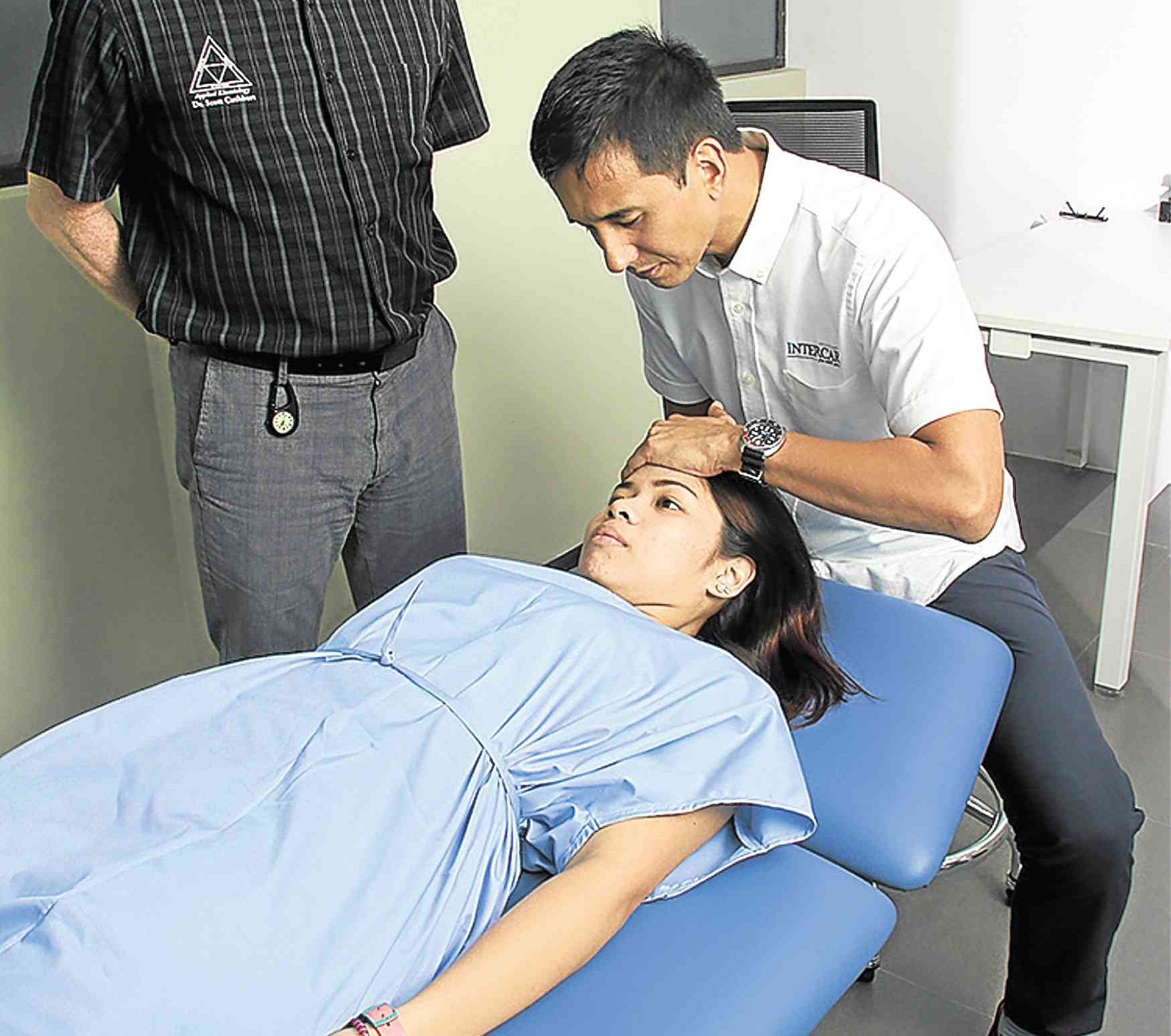
Sitting is the new smoking,” goes the adage coined by Dr. James Levine of the Mayo Clinic. It warns that the sedentary life is not only linked to weight problems but also poses greater risks of cancer and heart diseases.
The Mayo Clinic studied the sitting habits of 800,000 people over a 15-year period. The findings showed that people who sat in front of the screen for more than four hours have increased risks of death by any cause by 50 percent and risks of heart attack, chest pain or similar ailments by 125 percent.
Moreover, Dr. Levine pointed out that regular but moderate exercise didn’t counteract the risks.
“The solution seems to be less sitting and more moving overall,” said Levine.
“In the Philippines, people are sitting for prolonged periods, commuting from one place to the other,” said Dr. Martin Camara, chiropractor. “Traffic has become unpredictable. People are entertained nowadays sitting behind a computer, doing Facebook, playing video games or watching television.
“Children are losing their regular movement patterns, unlike the normal healthy development from running, doing the monkey bars, playing basketball or football. We are seeing a lot more back pain, headaches and conditions of postural dysfunction.”
Degenerating
American teaching expert and kinesiologist Dr. Scott Cuthbert added: “Gravity is no friend of a person who’s seated. It makes for a strange disorientation of the joints. A lack of physical health results in chronic illness. Another big study showed that people, after age 65, can’t lift their arm because they’re so deconditioned.”
Cuthbert observed that people’s health is degenerating due to sitting for long hours. “This is the biggest reason people in the United States have disabilities.”
Camara cited that poor diet and unhealthy emotional life add to the burden.
“The body is naturally self-correcting,” said Cuthbert. “We’re not doing it as well anymore because our bodies are weaker.”
Some back pains, headaches and other muscular conditions are extremely chronic, born of years of habitual movement patterns. Hence, Camara set up the new Intercare clinic at Olympia Building in Makati City, which invites foreign specialists to share expertise with local healthcare practitioners.
Cuthbert recently visited the Philippines to meet patients in the specialized clinic. These patients have been evaluated in top medical institutions and cleared of serious conditions.
Intercare offers integrated chiropractic rehab, physical therapy, massage therapy and acupuncture, which complement conventional medicine.
Precision work
Cuthbert was trained by Dr. George Goodheart, dubbed by Time Magazine as “The Man with the Magic Fingers.” Goodheart taught how to look at muscles adhering to the bones and their connecting nerve supply and how to apply various healing methods to assuage ailments.
Patients undergo diagnostic muscle testing to determine the health of the nervous system and how it influences body functions.
“A kinesiologist looks at the alignment and structure of the bones and how they affect the muscles working as a group,” Cuthbert explained. “The work is to identify exact areas of your spine that are causing big problems. It’s like a sniper, precision work. It goes straight to the root cause of the problem. These guys can make a huge impact in a relatively short period.”
Complicated
He added: “Applied kinesiology is a way of making the muscle system work better. People who are indolent or sedentary, who are in chairs all the time, need to have an ally in their life, who helps them condition their muscles.”
During his visit, Cuthbert handled cases of fatigue, migraines and temporomandibular joint problems.
Kinesiology can also treat ear pain, ringing in the ears or tinnitus and other ailments.
Treating headaches, a common problem, is complicated. “It’s important to address the entire patient’s picture—nutritional imbalances, the cranium, the skull itself, the jaw and the joints of the neck,” said Cuthbert. “There are biochemical, digestive issues, toxic issues—all of those can be remedied with proper chiropractic work,”
Having written papers on asthma, Cuthbert said that it could be remedied when the kinesiologist fixes the muscles between the ribs and the diaphragm.
“Most asthmatics don’t breathe fully with the muscles on their chest and if you fix that, they breathe so much better,” he pointed out.
Camara said that the doctor’s aim wass to make patients perform their daily tasks with ease: “We want people to be as functional as possible, given their age and condition. An 80-year-old will have a different functional capacity from a 30-year-old. The idea is that by correcting their structural alignment, the muscles become mobile and strong, and joints are stable. Patients can live a fuller and pain-free life.”
Visit Intercare Olympia, Olympia Building, Apartment Ridge Road, beside Peninsula Manila, Makati City. Call 09176871007 and 6221007. Visit www.intercare-centers.com









































